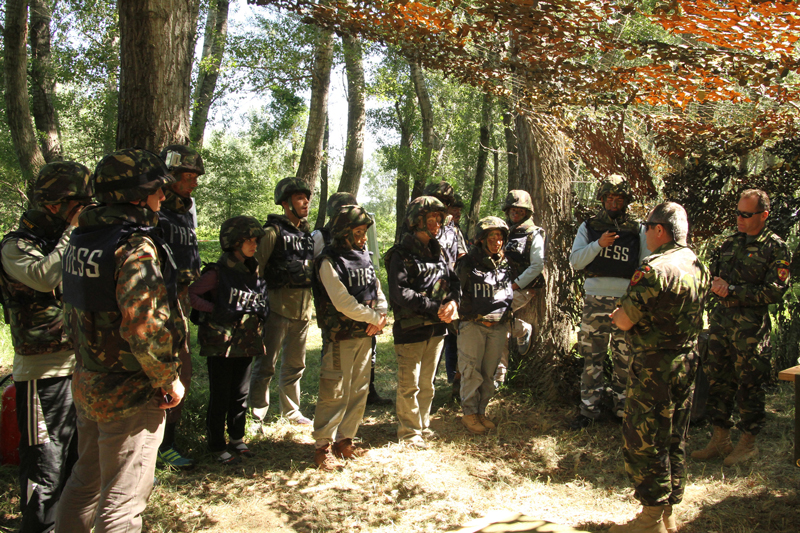SIAS’s Snipers
They are considered to be the best policemen, and a few hours with SIAS’s small sniper unit gave me the chance to see why they have been named this way. In spite of the job’s reputation, training has nothing spectacular at first glance, and those who expect scenes from some American film will be disappointed because the shooting session is quiet, as quiet as it can be when you are surrounded by gunfire.
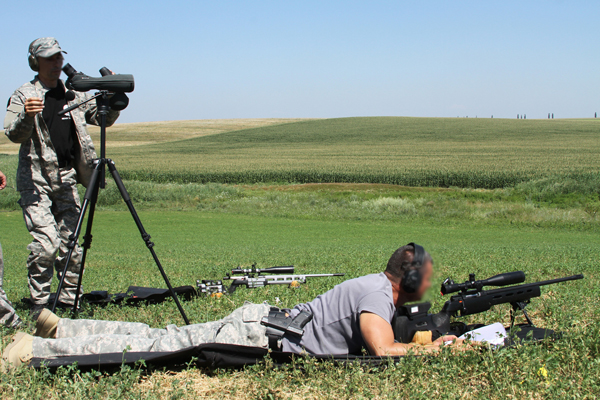
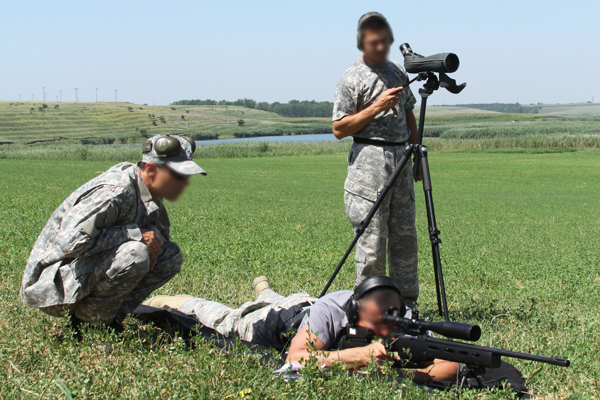
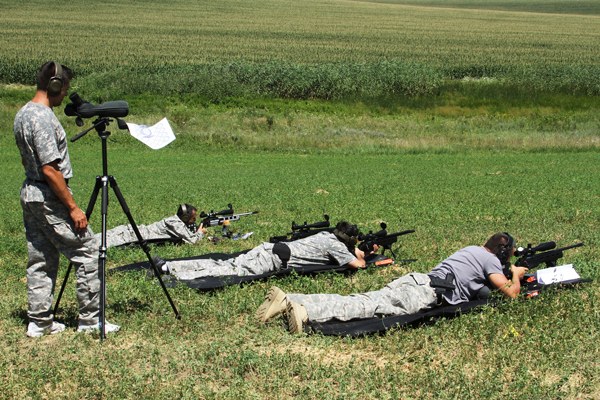
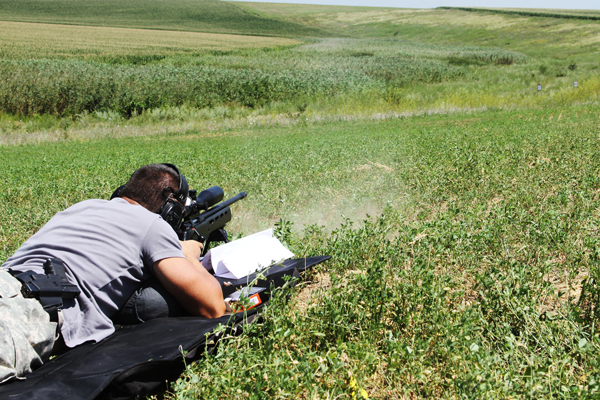
The day began with a long drive to a “secret location”, as it would be jokingly called. I’m not offered too much information about the program of the day, but the first clues about what was about to happen appeared in the form of a few steel plates, a reason for joy and praise for the four shooters I accompanied. They have to be particularly inventive when it comes to their job because traditional polygons don’t offer them good conditions for training, so the metal plates with chord pieces were the way they solved the problem of the targets.
The experience of the team’s leader speaks out; he chooses the place where the steel plates are mounted and, as I will see over the course of the day, has taken care not to do the job easy for all the snipers, including himself. Placed in the open field, a little above the grass, the targets are hard to see, and if you do not know where to look, you can hardly spot them in the distance.
Training starts with Glock pistols. The SIAS snipers are not just elite shooters but also have the same duties as the rest of the fighters, and when their support is no longer necessary or the configuration of the field does not allow the use of snipers, they join the intervention team. For this, they train first with the small arms that the rest of the team uses. The pistol training is also the first test of the new targets, which, through the sound produced when the bullets hit them, clearly confirms that they have been touched. The next firing session is with the HK MP5 submachine gun, but the session is short as the fighters are here to train with the long guns. The pistols are replaced by the SSG 3000, and the snipers occupy their places by aligning their weapons and aiming for the targets placed at 120, 500, and 740 meters.
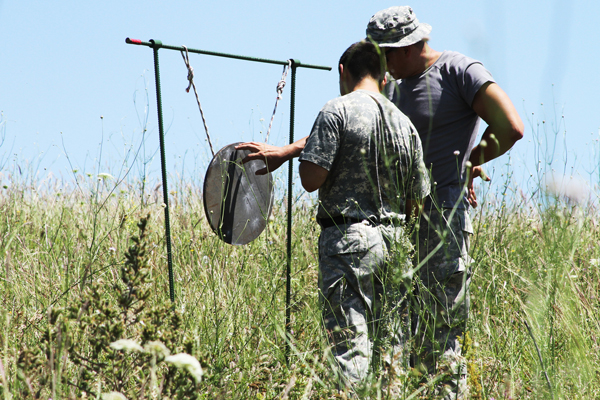
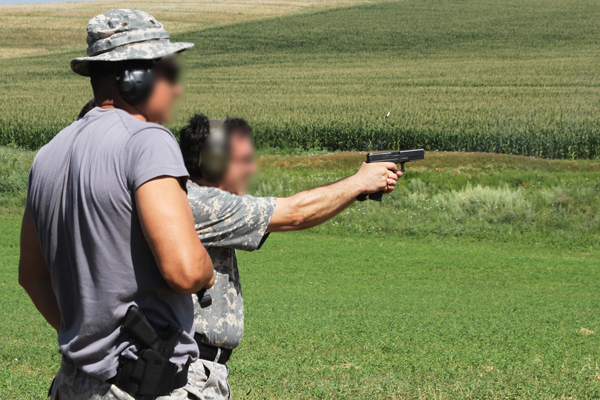
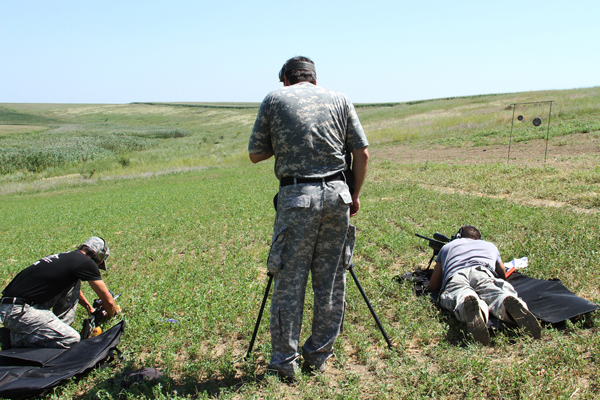
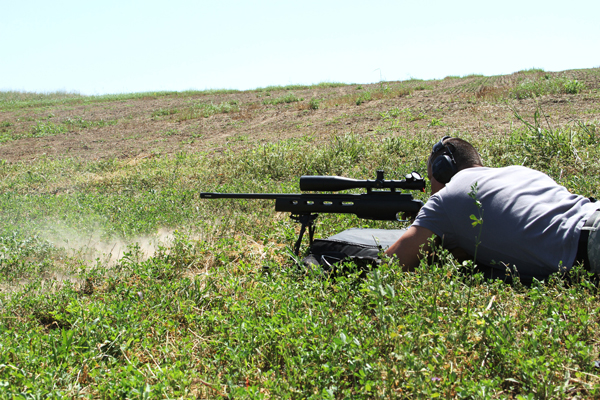
Now they really start their training; now even the smallest thing can make a big difference, now they count on a lot of elements: the direction of the wind, its power, the outside temperature, the type of ammunition used, the mirage, the light, even the clouds that pass over us. They rely on each sniper’s ballistic program, and the corrections are made according to each of these elements. The paper sheets with the program values are rarely reviewed; changes are made mentally, automatically, each change leading to the restoration of calculations.
However, some elements become true enemies. Now the target is no longer a steel plate but a figurine, a bit larger than a coin, drawn on paper and located at 120 meters. It has eyes, mouth, and nose and must be identified from the other 20 faces on the A4 page and hit in less than one minute, a competition test.
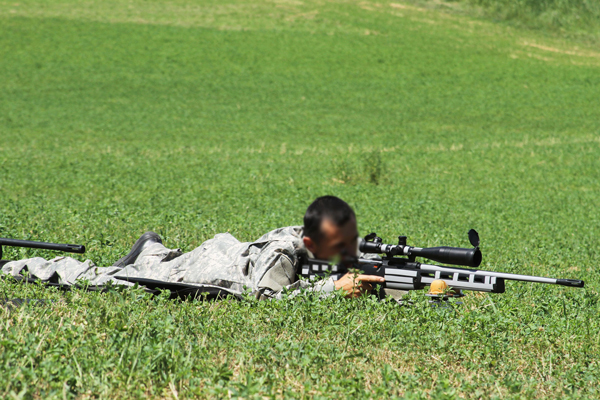
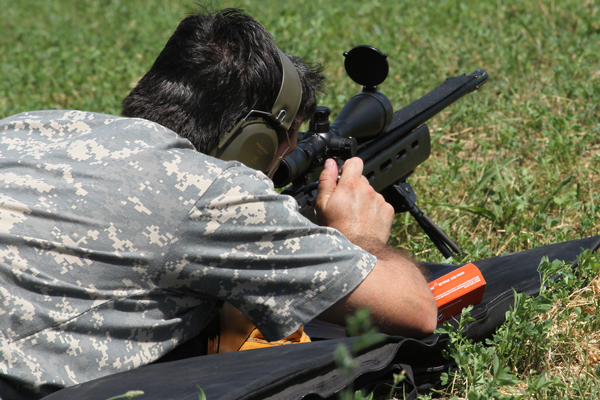
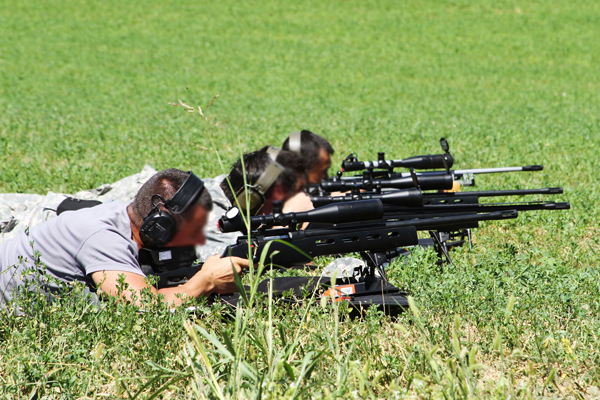
In the small group, no one moves; the four shooters are focused on identifying and hitting the targets. I can hear, cushioned by the earmuffs, each fired shots and the few words exchanged between snipers. There are strange words for those who are not part of their world, short indications of how they fired and how to shoot: MOA, click, deviation, hour one … but the loudest I can hear is “I hit it, did you hear it?”, referring to the sound produced by the steel targets when touched by the bullet. They keep this position for tens of minutes, despite the sun that raises the temperature to above 30 degrees. Few minutes, compared to the hours spent by some of them on a mission.
On return, once recovered, each target is analyzed, and some traces left on metal are recognized: “here is where I shoot, it was too to the right”. For them, everything is a new opportunity to learn.
SIAS
Appeared in the structure of the Romanian Police in 1993, SIAS was founded within an incipient nucleus to fight against organized crime, becoming an independent and fully operational unit in 1995. SIAS showed flexibility and permanent adaptation to the institution’s operational needs, proving its utility in hard cases when the fighters made the difference between the success and failure of a mission. The test of the professional maturity of SIAS was successfully passed in April 2007, when the European vocation of SIAS was established by including it in the elite group of the special intervention units of the police of the Member States of the European Union – the “ATLAS” Group.
SIAS is the main intervention formation within the Romanian Police, with general territorial competence. It has intervened in the release of hostages, in cases of kidnapping or illegal deprivation of liberty and for catching and immobilizing persons who oppose legal measures by violence or use of fire weapons, explosive, toxic or dangerous substances, or other destructive means. It also organizes and permanently carries out support activities, guidance and control of all Rapid Intervention Services within the Romanian Police.



